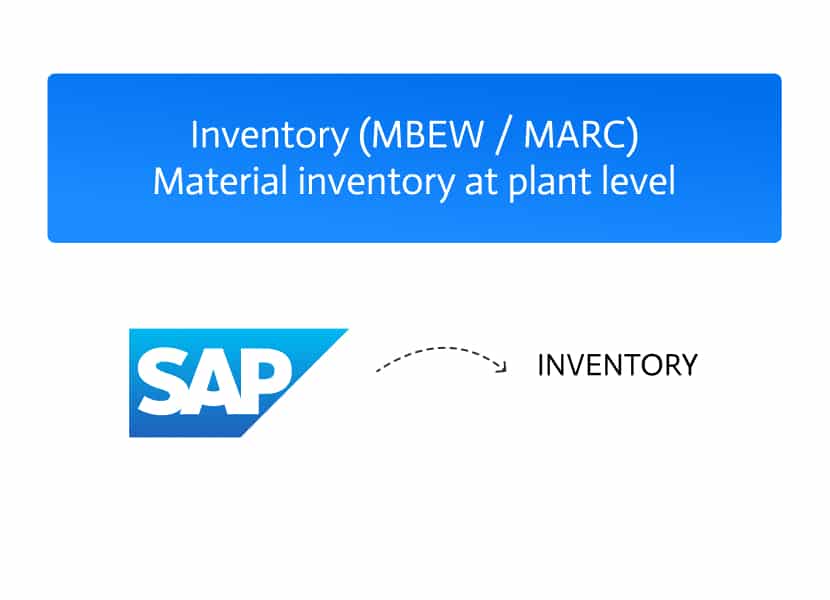

A Quick Look at Inventory in SAP:
Core Identifiers
At the heart of SAP’s inventory management are three mandatory fields:
- Product (External Product ID): Identifies the specific item.
- RetailLocation (External Location ID): Indicates where the item is stored.
- RetailLocationType (Location Type Code): Classifies the type of location—such as a warehouse, retail store, or distribution center.
Quantity and Measurement
To ensure consistency in tracking and reporting, SAP uses:
- InventoryQty: Specifies the amount of inventory available.
- UnitOfMeasure: Defines the unit (e.g., EA for Each, KG for Kilogram).
- UnitOfMeasureISOCode: The ISO-compliant code for the unit of measure.
Usability and Validity
Inventory usability and its current status are captured using:
- InventoryUsabilityCode: Shows whether the inventory is sellable, blocked, or returnable.
- InventoryDate: A timestamp that reflects the inventory’s validity or last update.
Segmentation
- StockSegment: A mandatory field that segments inventory into categories like available stock, consigned stock, or quality-inspected stock. This segmentation helps in planning, fulfillment, and compliance reporting.
Why It Matters
These structured properties ensure that inventory is accurately tracked across the organization. They support real-time visibility, reduce errors in supply chain execution, and allow seamless integration with other SAP modules and external systems.
Back to top


